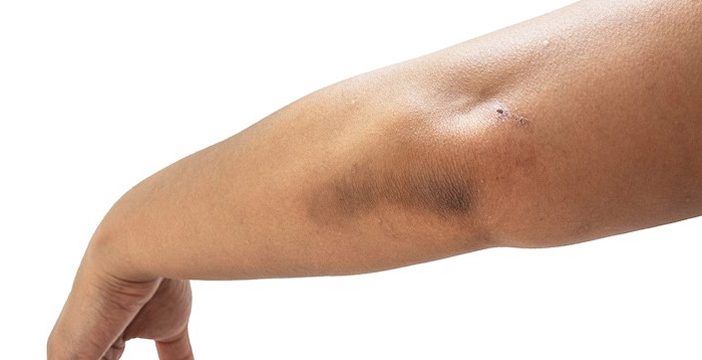
What is acanthosis nigricans?
Acanthosis nigricans is a condition in which tan- or brown-coloured patches appear on the skin. These patches are usually found in areas with skin folds, such as the neck, armpit and groin, and sometimes the elbows and knees. They are often described as having a thick and ‘velvety’ texture, and may be quite itchy. Read on to learn about acanthosis nigricans.
What causes acanthosis nigricans?
Acanthosis nigricans usually occurs in people who are very overweight. It is also a very common symptom of diabetes, especially in those who are overweight or obese and have poorly controlled blood sugar.
How is acanthosis nigricans diagnosed?
Acanthosis nigricans is easy to recognize by sight, as the dark, velvety patches of skin are very distinctive. The condition can be diagnosed by healthcare professionals through a physical examination, medical history and blood tests.
Since acanthosis nigricans is actually a symptom of diabetes, and not a separate condition, your healthcare team will likely do one of the following:
- If you have not been diagnosed with prediabetes or diabetes, your healthcare team will recommend that you be tested.
- If you have been diagnosed with prediabetes or diabetes, your healthcare team will order blood glucose and A1C tests to determine if your blood sugar levels are not in target range.
How is acanthosis nigricans treated?
Your healthcare team might prescribe special skin creams to apply to the affected areas. They can help relieve pain and itching, and lighten the colour of the patches.
While acanthosis nigricans may not go away completely, the patches may lighten and shrink if you manage your diabetes effectively and lose weight, if needed.
Can acanthosis nigricans be prevented?
The best way to prevent acanthosis nigricans is to manage your diabetes effectively. This includes:
- Eating healthy foods
- Exercising regularly
- Taking your diabetes medications exactly as prescribed
- Losing weight, if needed
Acanthosis nigricans is a common occurrence in people with undiagnosed or uncontrolled diabetes. Speak with your healthcare team if you think you see these darkened patches of skin anywhere on your body, and learn how acanthosis nigricans can be treated and managed.




